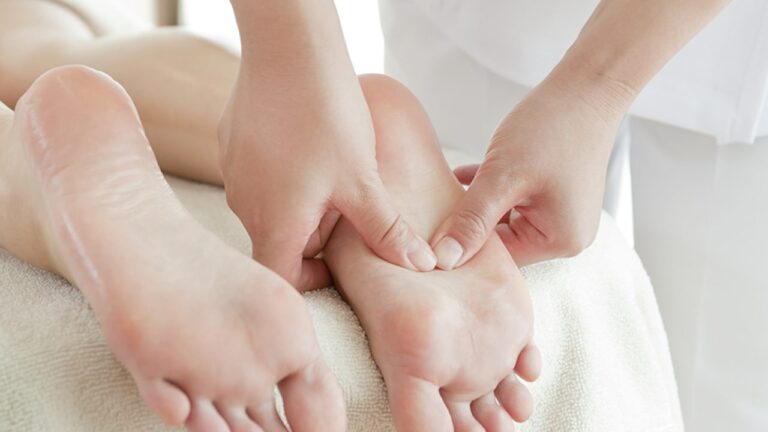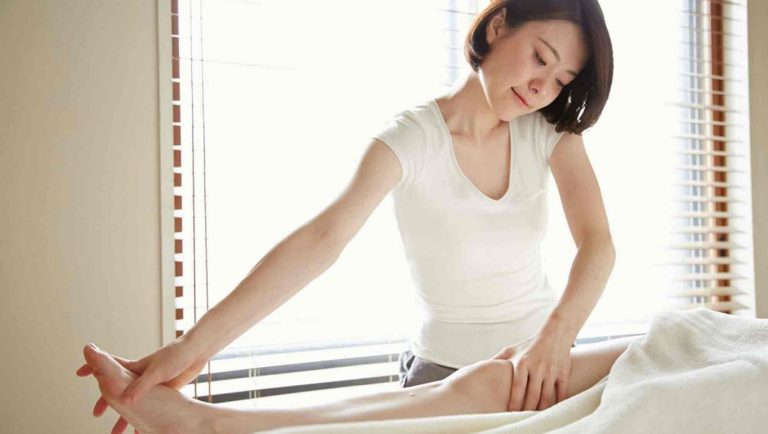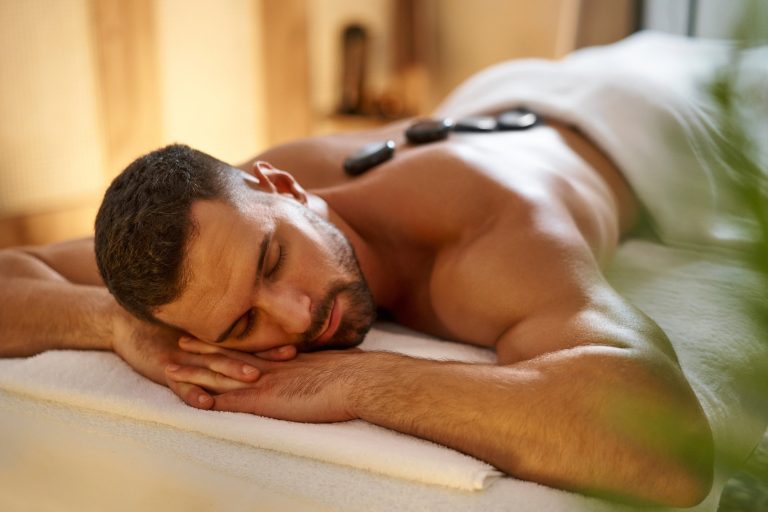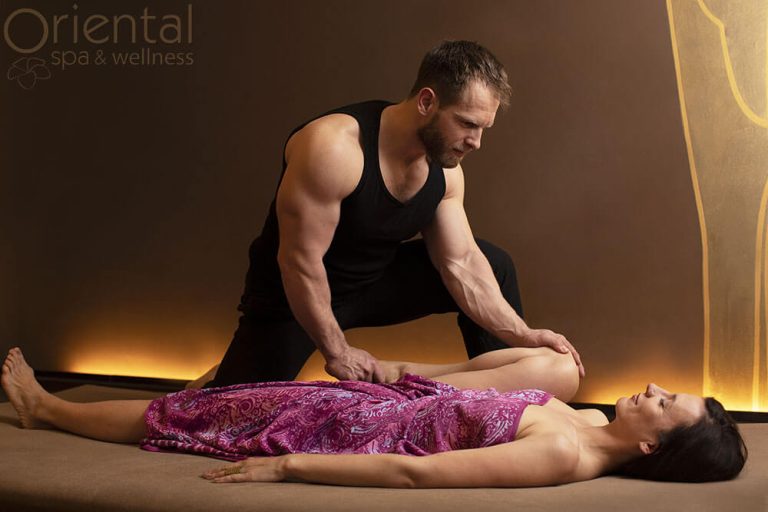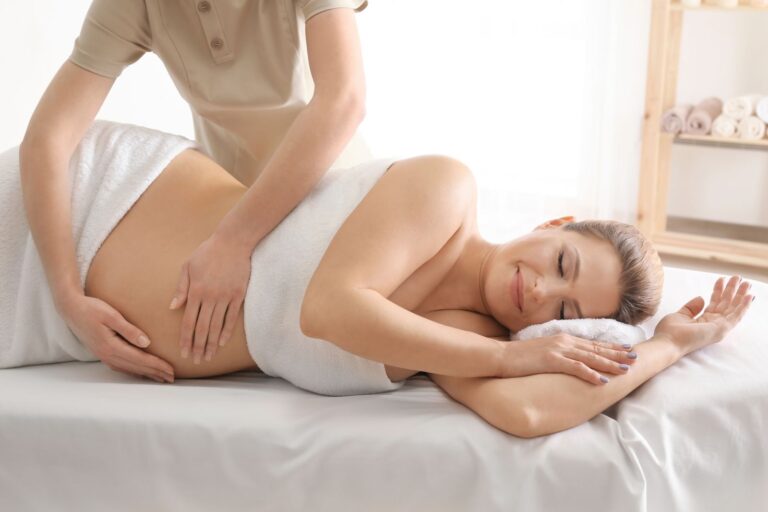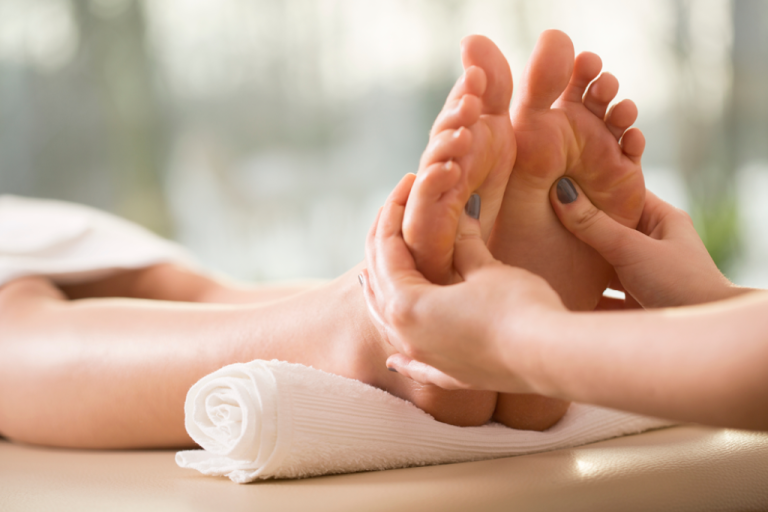What You Need to Know About Hydromassage and Benefits
Hydromassage is a mix of water therapy and massage methods. It uses water and pressure to refresh and heal your body. It has grown since ancient times, also called aqua therapy, water therapy, or hydrotherapy. Back in the day, people in places like Greece and Rome used water therapies to relax and heal. Nowadays, hydromassage steps it up by mixing soaking in warm water with strong jets that target specific muscles and soft tissues.
Benefits of Hydromassage
The advantages of hydromassage are manifold, echoing many benefits of traditional massage but enhanced by the therapeutic qualities of water. Notable benefits include:
Relaxation and Mood Improvement
Hydromassage is great for helping you relax. It’s especially good at lowering stress and anxiety. People with conditions like rheumatoid arthritis find it super helpful for easing pain and making them feel better emotionally.
Pain Alleviation
This therapy is fantastic for dealing with pain in different body parts, like your knees, back, neck, and shoulders. If you have chronic pain, hydromassage can be an excellent extra treatment to help it. The water pressure works like a deep tissue massage, targeting those sore spots and helping ease the pain.
Post Exercise Recovery
Athletes and people who work out a lot find hydromassage helpful after exercising. It’s great for helping muscles recover, reducing soreness, and getting rid of that tired feeling in your muscles. The water’s pressure and movement help to relax tight muscles and speed up recovery.
Enhanced Circulation
Hydromassage is known for improving blood flow, which is really good for your overall health. Some studies have even shown that using cold water can help stimulate your circulation more. Better circulation means more oxygen and nutrients get to your muscles and organs, which can help your body work better and heal faster.
Potential Side Effects and Considerations
While hydromassage can be really good for you, it’s not the best choice for everyone. There are some risks, like getting burns, skin irritation, or bruises. There can even be more severe issues like nerve injuries and blood clots. Pregnant women, people with high blood pressure, or those with bleeding disorders need to stay away from hydromassage just to be safe.
Hydromassage Accessibility
You can find hydromassage services in places like spas, gyms, and sometimes even shopping malls. They come in different forms, like massage chairs, tables, or special tubs. And if you like the idea of having one at home, you can buy hydromassage equipment whenever you want.
Cost Implications
The price of a hydromassage can change depending on where you are and what kind of service you’re getting. Usually, insurance only covers it if it’s for a specific type of therapy. If you’re thinking about getting hydromassage equipment for your home, remember there are extra costs for upkeep and any special accessories you might want.
What does HydroMassage do for your body?
Imagine tiny fingers of water dancing across your skin, pressing and swirling to help you unwind and feel good. It’s like getting a massage but with water as the masseuse. This water wizardry can help ease muscle pain, make you feel less stiff, and boost energy.
Does HydroMassage help back pain?
Yes, HydroMassage can help with back pain. The water jets in the HydroMassage bed or chair can be set to massage your back in specific areas where you feel pain. The pressure from the water can help to loosen up tight muscles and improve blood flow to the area, which can reduce pain and help your muscles relax.
How do I start HydroMassage?
Starting a HydroMassage is pretty straightforward. Here’s what you usually need to do:
1. Find a Place: Look for a gym, spa, or a wellness center that has a HydroMassage bed or chair.
2. Book a Session: You might need to book your session in advance, especially if it’s a popular spot. Some places might allow walk-ins, too.
3. Arrive for Your Massage: Show up a few minutes early to check in and get settled.
4. Get Comfortable: You’ll usually stay fully clothed and remove your shoes. You’ll lie down on the HydroMassage bed or sit in the chair.
5. Adjust the Settings: The staff can help you the first time. You’ll be able to choose the pressure, speed, and massage area to suit what you like.
6. Relax and Enjoy: Hit start and let the bed do its work. Close your eyes and relax as the water jets massage your body.
7. Finish Up: When it’s done, you get up, put your shoes back on, and go about your day feeling more relaxed.
Remember, if you have any health conditions or concerns, it’s a good idea to chat with a healthcare provider before starting HydroMassage or any new wellness routine.
What is the difference between HydroMassage and regular massage?
HydroMassage is a type of massage you get from a machine that uses water pressure to give you a massage. You don’t have to take off your clothes or get touched by anyone. You lie on a bed or sit in a chair with a waterproof barrier. Underneath this barrier, water jets move around and give you a massage.
You can usually control how strong the water pressure is and where it should focus on your body. It’s quick, you don’t need to set aside much time for it, and it makes you feel relaxed without any hassle.
Regular massage is all about the human touch. A massage therapist uses their hands to work on your body. They’ll press, rub, and knead your muscles to help you relax and work out any knots or tight spots. You’ll usually need to take off some of your clothes and lie on a massage table for this kind of massage.
You might use oils or lotions, too. It’s more personal because the therapist can change their actions based on your body needs. It takes more time, usually about an hour or so, and it’s a chance for you to unwind while someone takes care of you.
So, the main difference is that HydroMassage is done by a machine using water, and it’s quicker and more private. A regular massage is done by a person and can be more thorough and tailored to what you need.
Conclusion
Hydromassage is a cool way to take care of your body. It mixes ancient water therapy with modern massage tricks, relieves pain and improves blood flow. It’s a flexible option that can help a lot of people.
FAQ’s
Is HydroMassage good for muscles?
HydroMassage is great for muscles! In therapy, water pressure helps to relax muscles, like stretching after waking up. It makes them feel all loosey goosey in the best way.
Does HydroMassage release toxins?
While HydroMassage doesn’t kick toxins out the door, it moves your blood like a merry go round. And when your blood is moving well, it helps your body do its natural cleanup job better. So, yes, it helps your body to release toxins.
How often should I do HydroMassage?
Doing HydroMassage too much isn’t necessary. Most people find that a couple of times a week is just right.
Is HydroMassage good after a workout?
After a workout, your muscles feel tired worn out and cranky. HydroMassage is like the perfect lullaby that calms them down and helps them recover.
How long does a HydroMassage last?
15 to 30 minutes is a perfect duration. It’s enough time to let the water work its magic without taking up your whole day.

